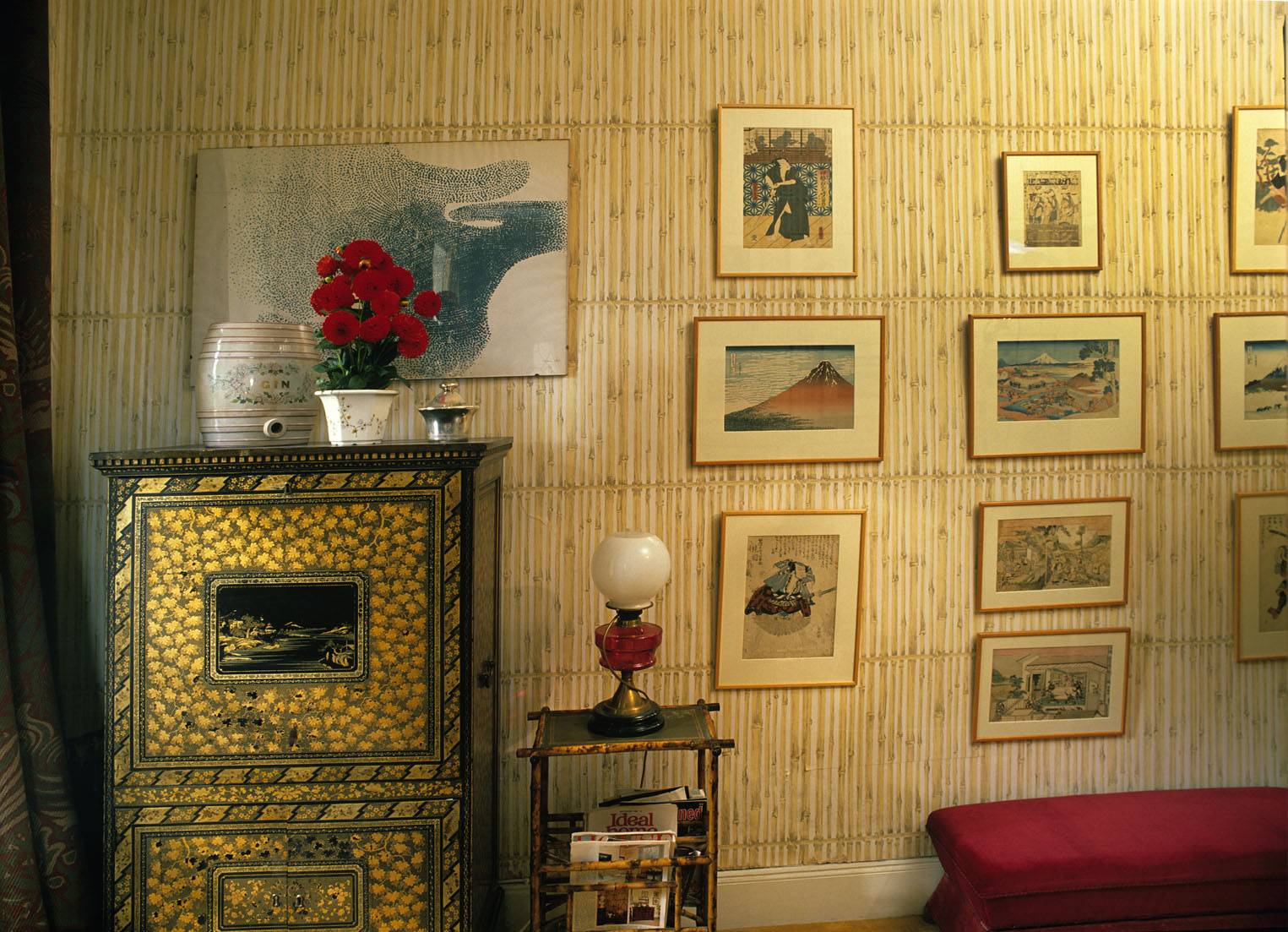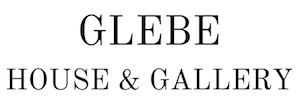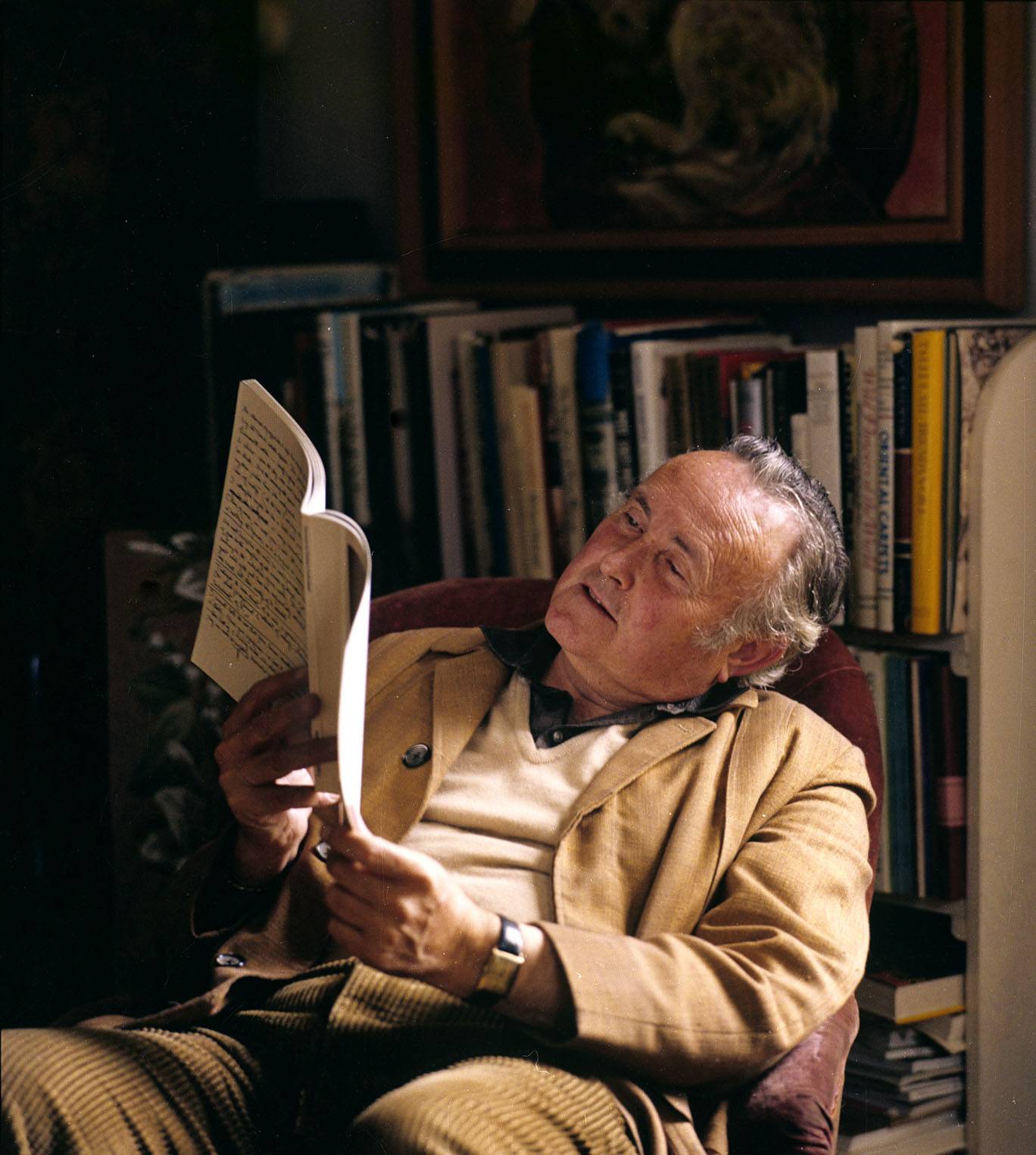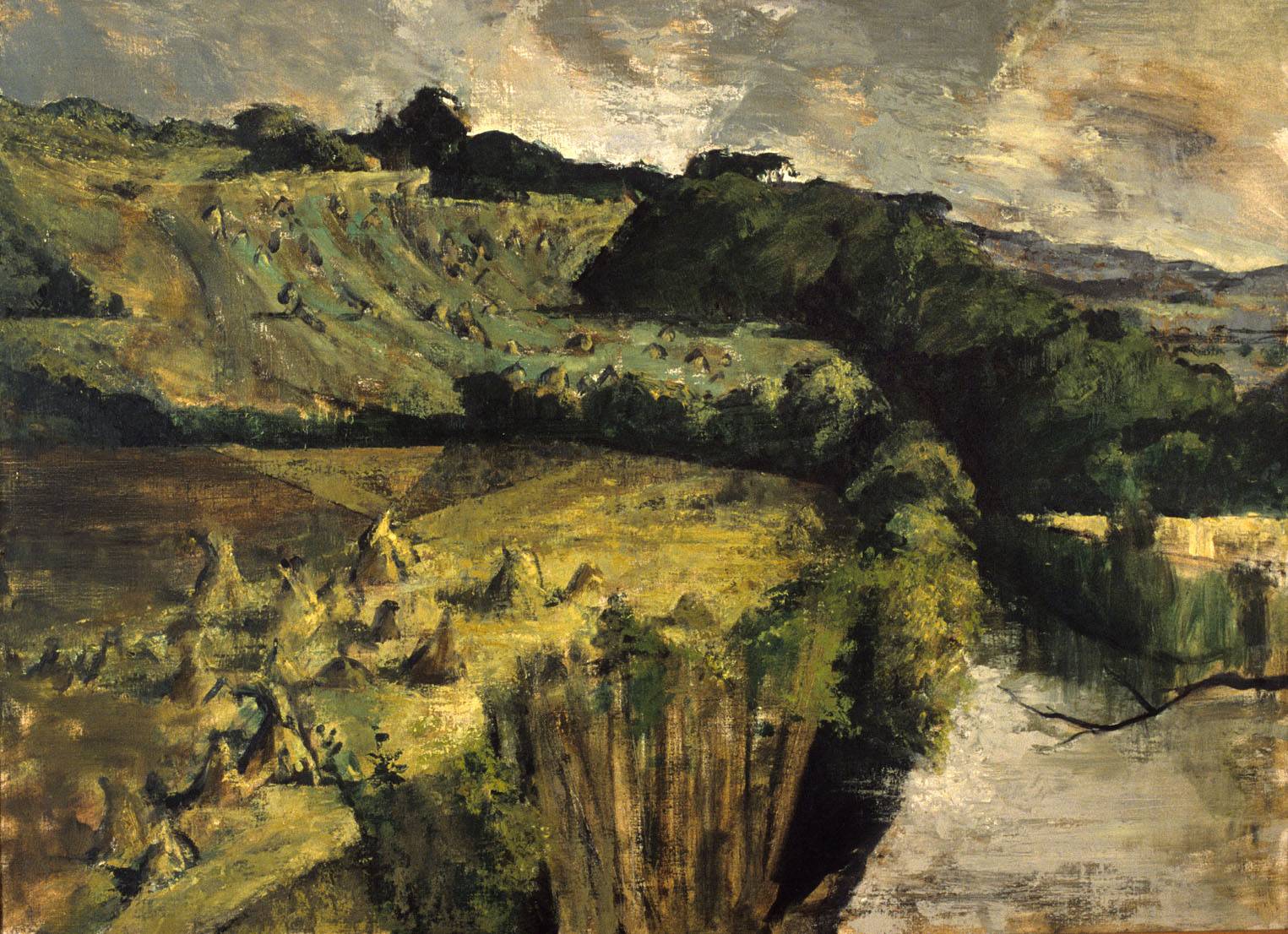Glebe House was originally known as St Columb’s.
It was built in the Regency style in 1828 as the rectory to St Columba’s (Church of Ireland), Churchill, in the Parish of Gartan. The first Rector lived in the house for less than three years to be succeeded, in 1831, by the Rev. Henry Maturin.
In 1861, Reverend Maturin was closely involved in the event that brought the names of Gartan and Church Hill to national prominence. John George Adair, owner of the Glenveagh Estate, believed that his tenants were stealing his sheep, had killed his steward, John Murray, and were even threatening his own life. Consequently, he was determined to evict them. Maturin acted as mediator and joined with Father Kerr, the Catholic Parish Priest, in sending an open letter to Adair appealing for clemency for the tenants. Their appeal fell on deaf ears and in April 1861, 244 people from 46 families were evicted. For his ecumenical action Reverend Maturin was censured by the Dublin Protestant press.
Reverend Maturin died in 1880. Following this, the Glebe, now too large and expensive for the Church to keep up, was leased to tenants for some years before eventually being sold. After renovations, it opened in 1898 as St Columb’s Hotel, taking guests for the salmon and trout fishing in spring and summer and for the shooting in the autumn. Apart from the years 1916-1922, when the hotel was taken over for a short while by the IRA and later by the Royal Irish Constabulary, the hotel was open every year until the death of its Owner, Mrs Kitty Johnstone in 1950. It was then run by her daughter until it was acquired by Derek Hill.
Derek Hill was born in England in 1916.
He was educated at Marlborough College, where he showed an early interest in painting. However, he was persuaded by his father to concentrate on stage design and studied in Munich, Paris, Vienna and Russia. He returned to Paris in 1937 to paint and at the outbreak of World War II, Hill returned to England and, as a conscientious objector, volunteered for farm work. During those years, he met many of the leading British artists and began buying the works of painters of the Euston Road School.
In 1946, Hill was in to Ireland for a whole year, painting in Galway and Mayo. In 1949 he visited Italy, and, for the next five winters, he stayed in the home of the art historian Bernard Berenson outside Florence. ln Italy he also met Henry McIlhenny, who invited him to visit Glenveagh Castle. Hill visited in 1949 and 1951 and hearing that St Columb’s was for sale, eventually bought it in 1953.
Derek Hill re-converted St Columb’s into a home once more, with the help of his brother John, an interior designer and director of a design company. He added heating and electricity and converting the stable block into a studio and extra accommodation for his guests and housekeeper. Hill also began to create an informal woodland garden out of the previous working garden.
Hill’s love of landscape painting was matched by his interest in portraiture.
Over the years he painted a wide range of subjects. His paintings of Tory Island stimulated a number of the islanders to paint and the “Tory Island School” has now achieved international acclaim in its own right.
In 1981, Derek Hill donated St Columb’s, its contents and the gardens to the Nation. Hill’s studio and guesthouse were transformed into the Glebe Gallery displaying items from the Derek Hill Collection as well as providing a location for travelling exhibitions. The house and gardens are displayed in an informal manner, as though Derek Hill was still in residence. ln recognition of his unfailing support of the Arts in Ireland, Hill was awarded an honorary doctorate by Trinity College, Dublin and made an honorary citizen of Ireland in 1998. ln England, he was appointed CBE in 1997. He died in London in August 2000.
Download
The current brochure for Glebe House and Gallery.



